Thoughts and ideas from a radical feminist, pansexual, queer-romantic, polyamorous, genderfluid, white, treehugging, vegetarian, environmentalist, anarchist who hates labels but uses them anyway.
Don't wanna be here? Send us removal request.
Text
a response to criticisms of the “sexy dreams” video from spoonboy
the conversation around my music video and accompanying essay for “sexy dreams” has raised a lot of questions and i want to pose some of those questions and comment on them where i can. (there is an archive of the continuing conversation here). i apologize in advance for the length of this response. i tend to dwell in grey areas and succinctness is not one my strengths. i’d rather err on the side of being thorough than leave something important out. if you read nothing else, let me just say i am sincerely sorry to anyone i hurt or offended by making this video. that stands without qualification. people’s anger and emotional responses in reacting to the video are valid, and in writing about this i don’t mean to invalidate anybody’s feelings about the video. also, this video was a collaborative project that involved a lot of people. i can only speak for myself. you can also read the thoughts of co-director/ co-producer/ actor lizz mazer here. to start, i think there’s a primary conflict that’s operating here. basically, there are two ways that people have understood my role in this music video: - first, (and this is also my own perspective), i am a person with complicated feelings about gender and my own gender identity. i tried to express those feelings through art. - second, i am a cisman who appropriated trans* experiences for my own personal gain, be that social capital, record sales, a misguided desire to educate my fan base, etc. i don’t think any of this is black and white. in ways, there may be truth in both positions. obviously, it is mostly the second understanding of this video that has been hurtful and offensive to people. i’ve been thinking about this non-stop for the past couple of weeks, as well as quite a lot before the video was released or even filmed and i don’t have answers for all of the questions. all i have to offer is my most honest perspective on it and i can only hope you’ll take my word on that. i want to acknowledge again that i have passing cis privilege. i also want to acknowledge that both from my general presentation and having identified myself as someone who doesn’t experience gender dysphoria, it’s an understandable conclusion to come to that i might identify as a cisman. in some ways my gender identity is irrelevant given those circumstances. i think there are some serious flaws in the language that’s been developed around a trans*/cis dichotomy and those won’t be solved here. i don’t identify as a cisman. i’ve used that word as shorthand to describe myself in the past, but definitively stopped about six months ago. if anything i’d describe my gender identity as ambivalent. i’ve found myself as comfortable being read masculine, feminine, or androgynous, and most comfortable in spaces where i can shift between those presentations if i want to. i think there is a distinction between acknowledging cismale privilege and having a cismale identity. i have very little personally invested in the category of maleness. none of this negates the criticisms made of the video. i do have cisprivilege. i don’t have body dysphoria. i don’t expect the above paragraph to act as a pass for representing trans* experience. i would like to respectfully ask people to stop calling me a cisman because it makes me cringe when i read it. i would also like to ask that people not use the word cis as a pejorative in this conversation, because no one’s gender identity deserves to be spoken of in that way. thanks. i want to list some of the untrue assumptions i’ve seen that were made in discussing the video: - i identify as a cisman. - i am always comfortable in my body. - i haven’t presented femme outside of this project. - there were no trans* or genderqueer people working on this project. - i didn’t talk to trans* or genderqueer people in conceptualizing the project. - i didn’t share this project with my job or family. - only cis people found the project to be meaningful. can we think about why we make these assumptions about other people’s relationships to gender? why does someone’s presumed gender identity lead us to make assumptions about their intentions? why does disagreeing with someone or the project they’re involved in lead us to make assumptions about their gender? to address the criticisms i’ve seen of the video, the biggest question is appropriation. if you follow the first premise i offered, i have complicated feelings about my gender. i tried to express those feelings through the song “sexy dreams.” one of the inspirations for “sexy dreams” was a dream i had where i had a genderfluid identity and i was also batman. this is far from the only dream i’ve had about genderfluidity. i think dreams can be interesting reflections of the things we aren’t sure how to deal with in the day to day. when i decided to further explore my feelings about gender by making a music video based on that dream, it was meant as an expression of my experience and my feelings about gender. and while trans* experiences are certainly relevant in any exploration of non-binary gender, i wasn’t trying to represent anyone else’s experience. where it gets tricky is that in acting out the dream, i necessarily had to learn how to present an experience that for me had previously only existed in my subconscious. that meant stepping outside of my day to day experience and learning more about a gender expression that’s less familiar to me. it wasn’t my intention, but i see now how that triggered a negative response, particularly the scene of me binding my chest - something that i have never experienced as a male assigned person. (i’ll return specifically to the binder below). there are some complicated questions around appropriation that could be asked around this, but i don’t know that there are universally accepted answers to them. in telling a story can you step outside your own experience without being appropriative? are there contexts in which an actor can portray experiences outside of their own without being appropriative? does the intention behind an act of appropriation in art matter? i don’t think the video was an act of appropriation, but i also don’t think there’s necessarily one right answer to that or any of these questions. the next big question is whether by writing an accompanying explanation of non-binary gender, i was acting as a cis ambassador to trans* people. i have problems with this for some of the reasons stated above. as i’ve said before i never intended to represent anyone other than me, but i also see a poignant criticism where people felt my written accompaniment was more directed towards educating a cis audience than acknowledging the existence of a trans* audience, thereby making an actual trans* audience feel ignored and in some cases silenced. i tried to acknowledge this by qualifying the gender101 portion of my writing and directing it specifically at the portion of its audience who don’t have any background in non-binary gender. it seems that for some people that was inadequate, but i’m not sure what way there was around it. in writing the accompanying essay i had to consider that it would be received by a very diverse audience with very diverse gender backgrounds. through my music i’ve had correspondences with anarchist trans* gender studies majors, as well as dudes who had never even heard of feminism, as well as 8 year olds who haven’t even begun to consider their own genders (and of course some adults who act like they’re 8 year olds). it wasn’t my intention to ignore any of those audiences. another question this criticism raises for me is: shouldn’t anyone be free to express their criticisms of the gender binary? why does my cisprivilege exclude me from having feelings about gender that i would want to express? there is a commonly held idea in radical circles that it’s not the obligation of oppressed people to explain their struggles to the oppressing class. a corresponding idea is that people with privilege should be self-educating and educating each other about forms of oppression. (i’d consider the gender binary to be one). so, it’s confusing to hear that it’s wrong for me as a person with cisprivilege to write a criticism of the gender binary. one argument i’ve seen is that in doing so, i am taking up space that could otherwise be occupied by people from trans* or genderqueer backgrounds. to me, this feels like it’s coming out of a false sense of scarcity. i know there are trans* and genderqueer people taking on the binary in the punk scene, i have a lot of friends i could describe this way, and i fully support those efforts. i don’t see how my efforts supplant theirs. i would argue that the more queer visibility, the better. as everyone has a relationship with gender, there’s no need to limit who is qualified to talk about theirs. the scarcity argument has also been applied to say that even if this is a video in which i explore my own gender, i am centering my experience as a person with cisprivilege at the expense of trans* experiences. i don’t know how to answer to this. i’d like to work towards a world where all people feel comfortable exploring their gender fully. i understand that as someone who has been performing publicly for 12 years, i’ve accumulated levels of social capital that not everyone has access to. this in itself is a privilege, but i don’t think using the space i’ve carved for myself to express my own experiences (including exploring my gender identity), prevents others from doing the same. if anything i’d hope it would encourage others. it’s been posed that it would have been more appropriate had i cast a trans*woman to play the role of batman in the video. this is something i considered before making the video. if my intention was to tell the story of a trans*woman that might make more sense to me, but my intention was to explore things about my own gender. it’s hard for me to feel i was wrong in doing that. i mean… on an emotional level. on a cognitive level i can see arguments for and against whether what i did in the video was appropriate, but in terms of what it meant to me, it felt very real and right. i can see how me exploring my gender publicly triggered reactions to the effect that it was a flaunting of privilege. i’m very sympathetic to this position and feel a lot of remorse that it was received this way. it’s true that it’s a huge privilege that i can retreat to a cismale presentation whenever i want. that’s a privilege that most trans*people just don’t have. there are far fewer consequences to me presenting femme in this video than there would be if i held a trans*feminine identity. i regret not stating this specifically in the accompanying writing. still, is it wrong for me, a person with complicated feelings about gender to want to explore those feelings publicly through art? would it be wrong for a trans*person to explore their gender publicly? obviously, no. i’d like for there to be safe spaces for people to explore their gender identities no matter who they are. can my own artistic outlets be that for me? is it only ok if it’s not shared publicly? a trans* friend of mine who found the video to be offensive contacted me and had this to say after some dialogue:
“What really got me when seeing it for the first time (and my initial emotions have softened) is the paragraph toward the end where you start ‘so sexy dreams is a song rejecting the idea that gender or sexuality should only fit into a few different boxes. It’s about how you can and should be able to express those things in an infinite number of ways and how there’s beauty in a nuanced complex approach to gender and sexuality.’ This is where I felt jealousy, followed by anger. Because in my mind, I was like, ‘no, you CAN’T express your gender in an infinite number of ways, not in this world’. That is simply not my experience, I WISH that was my experience, but unfortunately I’m 27 and it has taken me this long to sort through the internalized oppression and come out, you know? And rereading that, of COURSE your intention in writing it was not to be naive, but it came off that way to me initially. This sort of tone of ‘reject the idea that you can’t choose your gender YEAH!’, which honestly most people need to hear I guess, but for me to hear it, and I think other people who have felt trans oppression, it feels like shit to hear that, because it’s like, ‘HELLO I AM TRYING CAN YOU SHUT UP NOW ABOUT HOW EASY IT IS,’ because it is incredibly difficult to be a trans person.”
i hear this in the background of a lot of the anger i’ve seen directed towards the video, and it’s very real. it can be extremely hard to be a trans* person in our culture. for that reason, people have criticized the video as being frivolous in the face of the difficulties that can characterize trans* experiences. while we approached the video with anything but frivolity, i can see how a light hearted exploration of gender might evoke that response. at the same time, i would hate it if the only art that was made about genderfluidity was grim and focused only on the pain of being at odds with a dominant culture that doesn’t accept you. there’s a lot more to gender variant experiences than just pain. we chose to make a video that was relatively light hearted and sometimes humorous, not to dismiss that pain, but to explore genderfluidity from another angle. the choice to do it as a superhero movie was of course drawn from my dream, but also because there are parallels you can draw between the secret identities of comic book characters and the closeted gender and sexual identities that exist in LGBTQ communities. i’d quickly like to say that i regret how triggering the binding scene has been for some viewers. i mostly defer on this subject to co-director lizz mazer’s comments on the scene, but it has been pointed out that it was irresponsible that i portrayed myself using ace bandages to bind, because of the physical damage they can do to your ribcage if you bind with them regularly. i feel that ace bandages as symbolic imagery can hold more meaning than just self-harm, but i do regret using imagery that evoked for some people feelings of self-harm. blair ellis, another trans* contributor to the project summed up the intention behind the scene well:
“The imagery of the binder is being used to position the story in a context of a community struggling to find ways to deal with oppressive gender roles (something that affects all people).”
i honestly in no way meant to promote self-damaging behaviors and i apologize for that. the final criticism i’ll address is that people were upset that we didn’t state up front that there were trans* and genderqueer people working on this project. we didn’t do this for multiple reasons. it felt and still feels to me that it would have been tokenizing. we didn’t feel that quantifying people’s gender identities was necessary to validate making art about gender. not everyone involved was necessarily “out.” not everyone involved necessarily volunteered their gender identities to us. i don’t know if we should have put everyone’s preferred pronouns in the credits, or if the participants in the video would have even been comfortable with that idea, but i think if anything the blame falls equally on people who assumed the gender identities of all the people who worked on the video without asking. i have to comment on the fact that to me and others, some of the responses to the video come across as a form of gender policing. no doubt, the way gender policing affects someone with cisprivilege is not comparable to the experiences of trans* people, and i don’t mean to equate it to that, or to say to that it’s the most important thing for us to focus on. BUT, it’s still real, and affects me and others in a real, emotional way. can we do some self-reflection about the policing of boundaries that happens in queer and trans* communities? can we try not to quantify how much and of what type of dysphoria a person needs to experience before they get to explore outside of the boundaries of their assigned gender? i can’t help but think about people who pass as cis and are questioning their assigned genders and what it might look like to them when they see how strongly some people have reacted in protest to me presenting a non-normative gender expression in this video. it’s been suggested that it’s tacky for me to acknowledge that the video has been received positively. i disagree. i’ve heard from a lot of trans* and genderqueer people that the video was meaningful to them. i’m not going to invalidate that experience any more than i would the experiences of people who were hurt by it. trans* people are not a monolith and i think it’s hurtful to suggest that the experiences of others should be dismissed just because you disagree with them. i deeply regret that people were hurt as a result of my actions. i am also really proud of this video and the positive impact it’s had. i don’t think those things are mutually exclusive. the world is too complicated for them to be. i’m also glad that the video has been able to provoke conversation. i think there have been a lot of interesting questions brought up about storytelling, representation, and appropriation, about how rigidly we uphold the boundaries between trans* and cis identities, about queer visibility and how gender is represented within punk. i hope these conversations continue to happen. thanks for hearing me out. if you’d like to be in touch about any of this, contact me at [email protected] or here on tumblr. david
80 notes
·
View notes
Text
What’s in a name?: “Masculine-of-Center” and White Queer Theory
by Mauro Osborne
I am often loathe to engage in debates of labels, left only to re-hash arguments, choose a position of righteousness, and dig in my heels. The snares of identity politics entrap even the most careful of thinkers. As a trained anthropologist, I have been taught to develop a keen ear for conversational constraints and to think through arguments in ways that do not re-entrench others and myself in age-old ruts. In an attempt to make space for a different conversation, I am going to make a concerted effort to resituate the current strands of conversation between trans communities and lesbian/butch communities that have come up, precisely as these diverse groups come together to find common ground; the particular strand I’m referring to has to do with providing an umbrella term that does not offend. I do not believe this is possible, and we will have to find another way to be hospitable across generation, gender, identity, and race. It is also important for me to note that it is largely because of the tenacity and hardship of elder LGBTQ constituencies that we even have the social space and freedom to engage in these conversations. For that legacy and continued effort, I am eternally indebted. Supporting dissonance and ongoing struggle within shared cultural space is essential for providing opportunities to challenge one another and negotiate difference.
Given this context, I am hesitant to engage debates of labels at all, but when racism is masked as elite queer theorizing, intervention is crucial. I also believe it would be an incredible disservice to assume that elder queer theorists are incapable of shifting their own thinking over time when presented with different viewpoints. Recently, I came across an interview with Jack Halberstam, a highly respected queer theorist who teaches at the university level and has written numerous volumes that are held dearly – and in high regard – by many. The full interview can be found here, and I have copied the relevant portion below:
Q: What do you think about the term “masculine of center”?
Halberstam: I think it presumes a center, I’m not sure about that. It presumes a scale that we all know and recognize. I don’t always know that I know what another queer person’s masculinity means anymore. I used to think I knew, but I realized I didn’t. For a lot of young masculine female bodied people who decide to transition, they’re doing so not because they’re so invested in masculinity but because they’re invested in forms of maleness that are then going to be in relation to other forms of maleness. They want to be gay men! In that scenario, masculinity isn’t the most important vector for them, it’s male embodiment or perceived male embodiment. My orientation is very much to feminine women, so butch still seems to have some sort of signifying power, given my set of desires and orientations. But masculine of center presumes that there’s an ideal, and that ideal presumes all kinds of things about race and class, and that we all know an ideal form when we see it. I can’t get into that kind of normative classification system that has a center and has margins. It’s a kind of colonial way of thinking about things, that there is a center and there are margins, and everyone’s aspiring to be center.
And here is one of the biggest problems I see: in many white spaces of resistance, the focus becomes a question of naming something and how proximate that name is to the core of what is being named. The prioritization of the name/naming does not allow for a meaningful engagement with the work that is actually being done under that name. This is one of the most insidious products of (middle class) white culture, the desire to name people and communities in a way that speaks for itself, without having to see what has led to the naming and what are the effects of the actions of those named. It is with this logic that major multinational corporations can carry mantras of “do no evil” and “spreading progress” while simultaneously wreaking economic, political, and social havoc across the globe. There is so much more than what’s in a name.
The term “masculine of center” (MoC) was coined in a progressive, social justice-oriented community of color that seeks to find sustainable and ethical representations and practices of alternative masculinities that can contribute to the empowerment of marginalized genders (including women, girls, young boys, and transpeople). Mincing words between maleness/masculinity/center/margins/etc. distracts from the work that goes on under the label of MoC. To do so takes away from the effects of the groups who take on this label, and the ramifications are especially harmful when such careless speech comes from a respected queer theorist. Additionally, identity and labeling in many communities of color do not usually take on the same priority that labeling takes on in white spaces I’ve observed. It appears to be an epistemological priority of whiteness to be able to identify, categorize, and manage expectations accordingly. Even trying to break identities apart is something that can only be fully carried out in white spaces, where intersections are not something that are necessarily viscerally acknowledged and understood on the day-to-day level (making the statement “masculinity is not the most important vector” an incomprehensible thought in many POC spaces, as it requires imagining that parts of ourselves must always reign supreme over others). To fixate on language, on finding the best and most perfect way to describe something, is to play into dynamics of truth and knowledge production that often marginalize and delegitimize the complicated relationships to resistance that exist within communities of color.
Whiteness is often socially constructed as a blank canvas onto which gender can be painted. Because (white) queer theory is often put forward as the only way to theorize queerness in its lived realities, I find it important to color queer theory so that the rainbow might not become so whitewashed. As someone who has experienced the very real implications of how a body is raced by others as my presentation of gender has shifted over the years, I understand how gender and race are inextricably linked for so many. White masculinities, working class masculinities, and masculinities of color are responded to, privileged, and targeted in very different ways. For white queer theorists to allege an understanding of how a term as ostensibly simple as “masculinity” functions within communities of color is to play into very problematic power structures that allow some to assume instantaneous knowledge through surface recognition of terms, despite claims of not making assumptions about what the masculinity of another person means. Part of the beauty of MoC as a term is the incredible diversity it holds, and that the point is not to label other folks as MoC, but to create spaces where people who resonate with this terminology, for whatever reason, show up intentionally to question ideas of gender, race, and privilege. Additionally, just as MoC is a term used by folks who identify as queer, it also opens up space for alliances between straight men and queer people. A huge barrier to queer organizing is how much time we spend preaching to the choir - which isn’t to say that queer-only spaces are not essential, because they are - and we need to understand that to rock the boat, we need all hands on deck, including straight men (and that includes those transgender people who identify as straight men).
As I have spent time in these communities out of which the term MoC has emerged, I can confidently say that there is no “ideal” within these spaces. We leave room for one another’s difference. I’ve described white queer communities quite often as spaces where groups of people decide to come together to commit to policing one another’s identities. This is not necessarily a shared prerogative in many queer communities of color. In terms of my own self-understandings, there are few terms that have really suited me. I’ve been described in various moments as a dyke, a fag, a butch, genderqueer, androgynous, masculine, manly, etc., and all of these have been externally imposed labels. I came into the usage of MoC because it was a marker that seemed amorphous, constantly changing, and invested in looking at practices of gender, rather than embodiments/identities of gender.
At the risk of delving into inaccessible rhetoric, I will ask for a moment to respond to theory with theoretical orientations of my own. Embodiment of gender may not be the telos of transgression for many who engage with queer POC spaces; many communities of color have maintained strong relations to body/embodiment as a form of resistance throughout history; therefore, reclaiming a body that has not been alienated in the first place is not necessarily a priority, though it may be for some. This is very different from legacies of (middle class) white relations to body, legacies that possibly necessitate re-negotiations of embodiment, precisely because forms of liberatory embodiment have not been made possible through oppressive relations to disciplinary institutions of the body that proliferate in many middle class spaces. I emphasize “middle class” because, in my understanding, it is a middle class ethos that shapes standards of whiteness, and whiteness has historically contoured dominant queer discourse. For many white queers, there is a racially neutral body that has emerged discursively, onto which embodiments of gender can be authored. For queer POCs, gender is already understood through race, rendering (masculine) POC genders as hyper-visible, with no possibility of parsing out gender from race.
When “the center” is the place where gender is made unclear, messy, and defies biological expectations, and the margins are where people may be perceived as more clearly gendered, that can be seen as an interesting and powerful re-inscription of binary thinking that is worth trying on before reactively dismissing. In many communities of color, marginality and aspiring to be part of the norm aren’t viewed with the same moralistic values as in many white and middle class spaces; particularly in urban queer spaces, there is a moral binary drawn between the true radicals and the assimilationists. The diverse histories of oppression that queer POCs run from and the futures we run towards are very different than white queers, and this can never be forgotten. The way that POC’s bodies are gendered comes, in part, from a colonial history of bifurcation: the invisibilization/exotification of feminine bodies/women, and the depiction of masculine bodies/men as violent, dangerous, and hypersexual. For someone to describe the usage of the term MoC as “colonial”, a term which relies not as much on embodiments of gender but practices of gender, is to re-invigorate that very colonial history of white scholars endlessly dismissing the complicated forms of resistance that materialize in communities of color.
Beyond shame and denial, white people are given very few tools with which to respond to accusations of racism. Very few want to acknowledge the fraught history that makes these cultural collisions possible, and it is at this point that I would like to extend the invitation and the permission to put aside individual shame and to refuse a moment of denial, and to instead view this moment of education as a gift that might open up space for reflection on the ways we come to understand ourselves. The most freeing moments I have had in this lifetime have come exactly when I was told I could be something more than what history had allowed me to become. Humble are those who learn to listen, and powerful are those who take what they have heard and learn to invest energy in cultivating hospitality towards difference.
_______________________________________________________________
Mauro is a scholar of social justice who is invested in addressing issues of discrimination in CA public school curricula. A native Californian from Fresno, he now lives in San Francisco and spends his spare time dreaming of being reunited with his cat, Oscar, who currently lives in Fresno.
Mauro also has his own blog starting up soon!
http://chicomoreno.wordpress.com/
118 notes
·
View notes
Quote
If butch daddies want to crochet, if twinkly ladyboys are sometimes tops in bed, if burly bears can do BDSM play as little girls, if femme fatales build bookcases in their spare time, these things, too, are not just good but great. They bring us, I believe, wonderful news: news that gendered options can continue to explode, that the chefs in the kitchen of gender are creating new and imaginative specials every day. That we, all of us, are the chefs. Hi. Have a whisk.
S. Bear Bergman, “The Field Guide to Transmasculine Creatures”
The Nearest Exit May Be Behind You
(via feminist-fuel)
FP: so, i actually teared up from reading this b/c i’ve been insecure about lots of things and this just srsly hit home. nailed it. yes yes yes.
(via feministpizza)
all i do is whisk, whisk, whisk, all the time no matter what
(via start-anywhere)
9K notes
·
View notes
Quote
The pushback from trans people around the inclusion of GID in the DSM seems to fail to incorporate a larger assessment of why we are so afraid of “disorder” and who enjoys the benefit of avoiding stigma and pathologization. I want to think about the DSM and other medical and medicalizing tools in a way that asks what we want from them in a set of systems that takes away survival chances from the most vulnerable in our communities rather than looking to the DSM to define my own or anyone’s identity
just can’t stop quoting Chase Strangio!
http://www.huffingtonpost.com/chase-strangio/gender-identity-disorder-dsm_b_2247081.html
(via thespiritwas)
I want to figure out how to somehow depathologize/remove stigma around all mental health conditions at the same time as depathologizing gender independence. How do we do that so people still/actually get the care they want and need? It makes me sad when I see people affirm that they are not 'crazy' for being transgender, thus shouldn't be in the DSM. How about we look at all the problematic components in situations where people are declared 'crazy' by these institutions? There's problems there too that we should work on!
71 notes
·
View notes
Photo
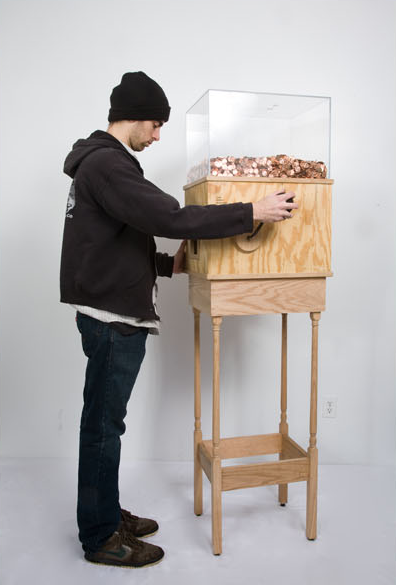
Blake Fall-Conroy, “Minimum Wage Machine,” 2008-2010
This machine allows anyone to work for minimum wage for as long as they like. Turning the crank on the side releases one penny every 4.97 seconds, for a total of $7.25 per hour. This corresponds to minimum wage for a person in New York.
This piece is brilliant on multiple levels, particularly as social commentary. Without a doubt, most people who started operating the machine for fun would quickly grow disheartened and stop when realizing just how little they’re earning by turning this mindless crank. A person would then conceivably realize that this is what nearly two million people in the United States do every day…at much harder jobs than turning a crank. This turns the piece into a simple, yet effective argument for raising the minimum wage.
Here’s a piece that another artist is working on that could also help inspire change in the U.S. government. He’s trying to raise money to send every U.S. Senator a copy of Dr. Seuss’ “The Zax.” They clearly should have paid more attention to stories about compromise like this in kindergarten. Indiegogo.com/TheZaxProject.
45K notes
·
View notes
Photo
!

BAHUT ZYADA PYAAR. QUEER. POLYAMOROUS. LOVE.
5-min posters by yo khush y co-producer azaadiart- Made January 2012 QUEER BOLLYWOOD here we come to deconstruct ya polyglamorous
BZP coming to theaters near you
29 notes
·
View notes
Photo

New York City: Marsha P. Johnson and Sylvia Rivera, veterans of the Stonewall Rebellion and founders of STAR (Street Transvestite Action Revolutionaries), march in the 1973 Pride Parade.
5K notes
·
View notes
Photo

“GOALZ”
213 notes
·
View notes
Photo
Jada Pinkett-Smith is aware of the critics that frown up their noses at the way she raises her daughter, Willow. Willow cuts, dyes and styles her hair as she pleases, a fact that bothers many who feel girls shouldn’t have that much control over their appearance at such a young age.
Jada decided to address the criticism in a Facebook post:
“A letter to a friend…This subject is old but I have never answered it in its entirety. And even with this post it will remain incomplete. The question why I would LET Willow cut her hair. First the LET must be challenged. This is a world where women, girls are constantly reminded that they don’t belong to themselves; that their bodies are not their own, nor their power or self determination. I made a promise to endow my little girl with the power to always know that her body, spirit and her mind are HER domain. Willow cut her hair because her beauty, her value, her worth is not measured by the length of her hair. It’s also a statement that claims that even little girls have the RIGHT to own themselves and should not be a slave to even their mother’s deepest insecurities, hopes and desires. Even little girls should not be a slave to the preconceived ideas of what a culture believes a little girl should be.”
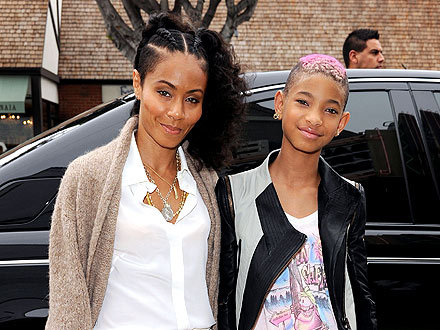
255K notes
·
View notes
Photo



Pfeffer’s Flamboyant Cuttlefish
(Metasepia pfefferi)
Is another species of cuttlefish that occupies the same habitat as the pyjama squid, Indo-Pacific and Australia, also it shares it’s poison glands as it is one of the few Cephalopods that are poisonous, displayed by it’s flamboyant colors. they are also quite small as well at 2.4 in. they are active during the day and are known to hunt it uses camouflage to stalk its prey. another feature of this species is due to it’s small cuttlebone it can’t float/swim for long periods of time and almost exclusivly walks upon the sea floor
Phylogeny
Animalia-Mollusca-Cephalopoda-Sepiida-Sepiidae-Metasepia
1K notes
·
View notes
Quote
In my world, you don’t get to call yourself “pro-life” and be against common-sense gun control — like banning public access to the kind of semiautomatic assault rifle, designed for warfare, that was used recently in a Colorado theater. You don’t get to call yourself “pro-life” and want to shut down the Environmental Protection Agency, which ensures clean air and clean water, prevents childhood asthma, preserves biodiversity and combats climate change that could disrupt every life on the planet. You don’t get to call yourself “pro-life” and oppose programs like Head Start that provide basic education, health and nutrition for the most disadvantaged children. You can call yourself a “pro-conception-to-birth, indifferent-to-life conservative.” I will never refer to someone who pickets Planned Parenthood but lobbies against common-sense gun laws as “pro-life.” “Pro-life” can mean only one thing: “respect for the sanctity of life.” And there is no way that respect for the sanctity of life can mean we are obligated to protect every fertilized egg in a woman’s body, no matter how that egg got fertilized, but we are not obligated to protect every living person from being shot with a concealed automatic weapon. I have no respect for someone who relies on voodoo science to declare that a woman’s body can distinguish a “legitimate” rape, but then declares — when 99 percent of all climate scientists conclude that climate change poses a danger to the sanctity of all life on the planet — that global warming is just a hoax.
Why I Am Pro-Life - NYTimes.com (via becauseiamawoman)
225 notes
·
View notes
Quote
I ask this… if there should be an assassination, I would hope that five, ten, one hundred, a thousand would rise. I would like to see every gay lawyer, every gay architect come out - - If a bullet should enter my brain, let that bullet destroy every closet door… and that’s all. I ask for the movement to continue. Because it’s not about personal gain, not about ego, not about power… it’s about the “us’s” out there. Not only gays, but the Blacks, the Asians, the disabled, the seniors, the us’s. Without hope, the us’s give up - I know you cannot live on hope alone, but without it, life is not worth living. So you, and you, and you… You gotta give ‘em hope… you gotta give ‘em hope.
Harvey Milk (via andyouhavetogivethemhope)
14 notes
·
View notes
Text
This is a really long post, but I love this shit.


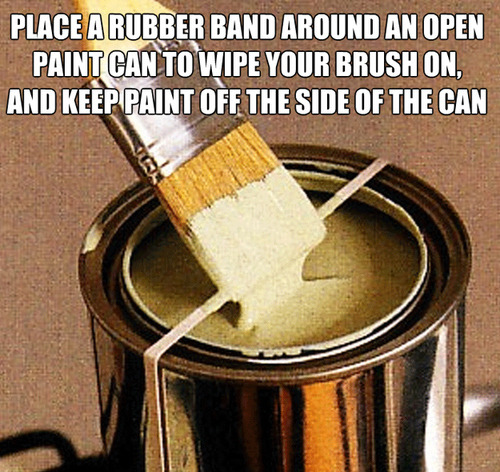
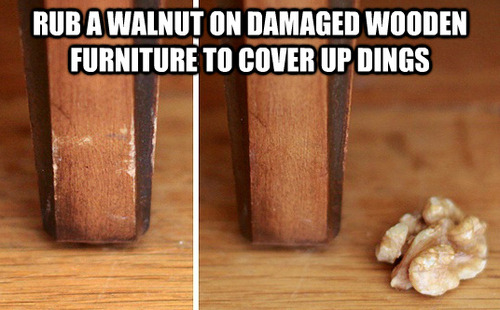
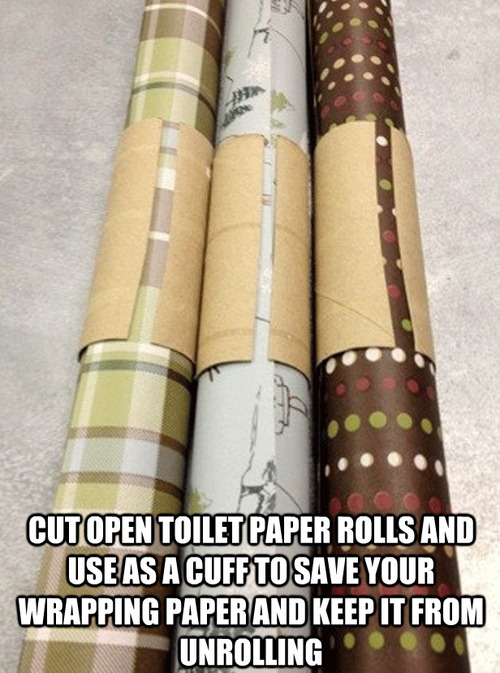


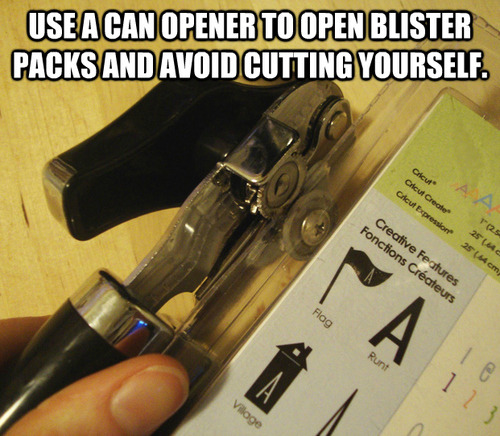

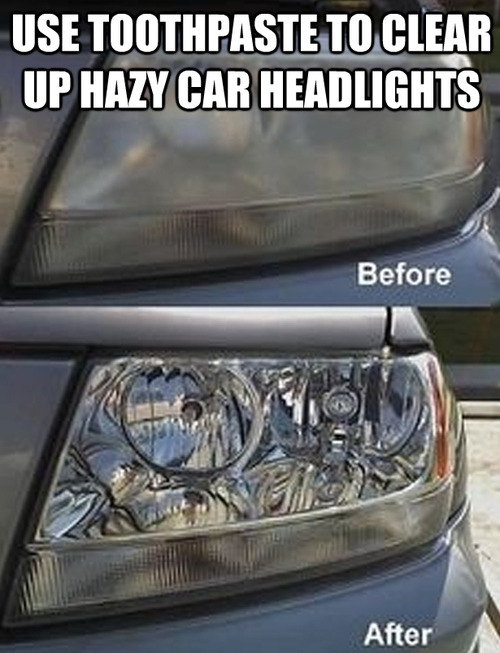



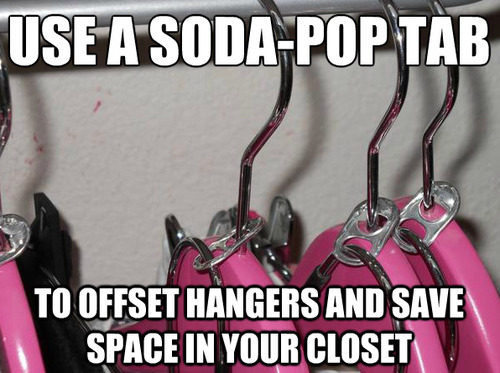

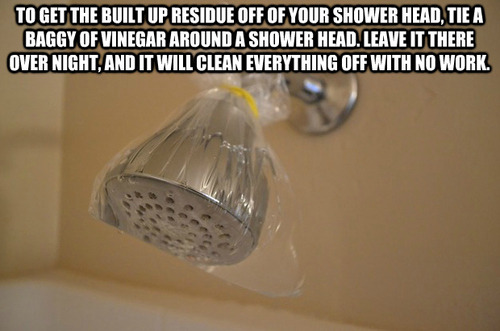
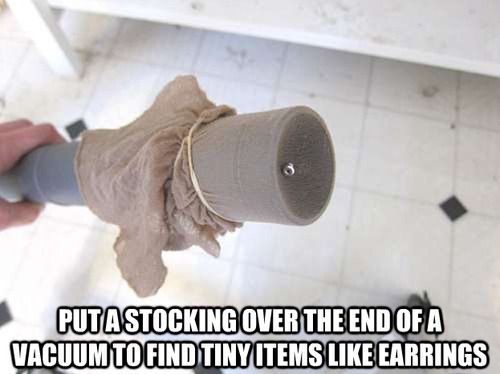
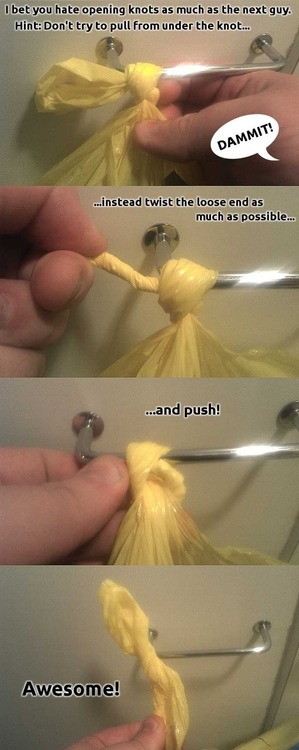



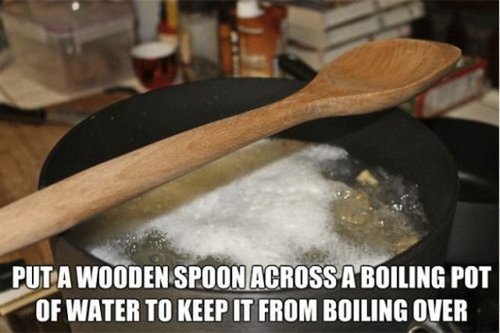
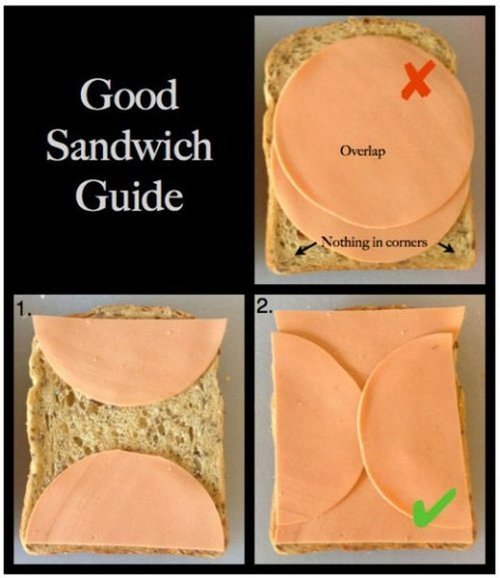







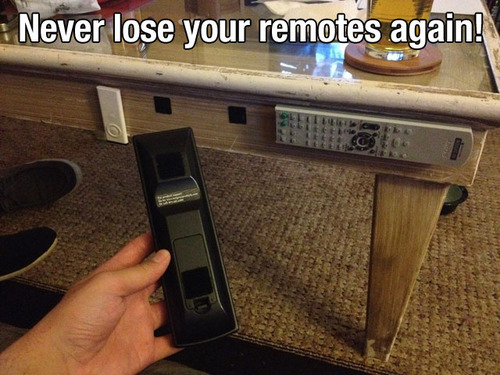

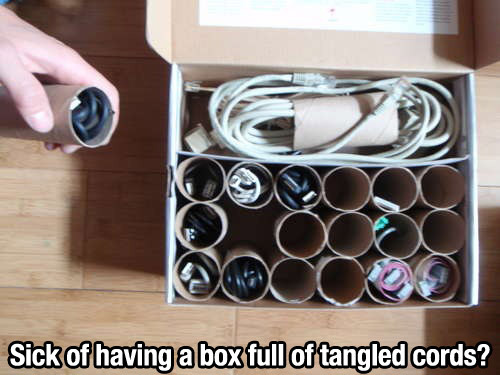

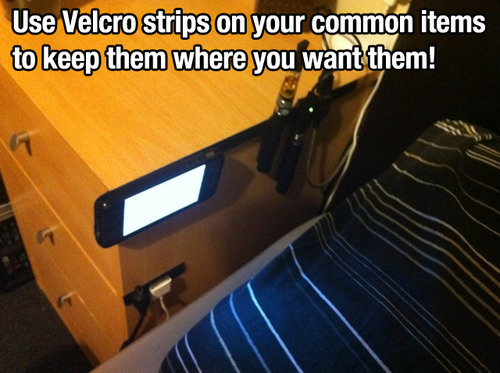

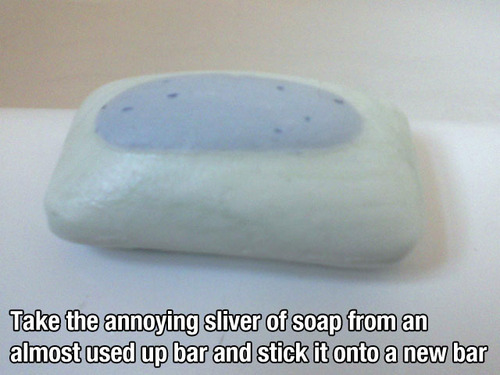



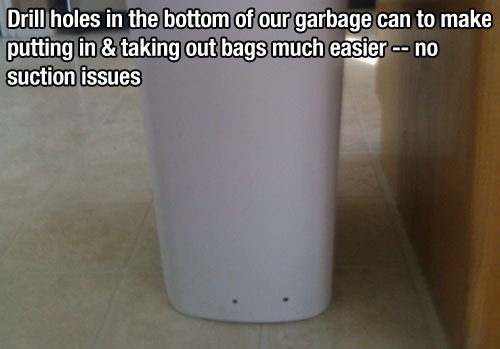
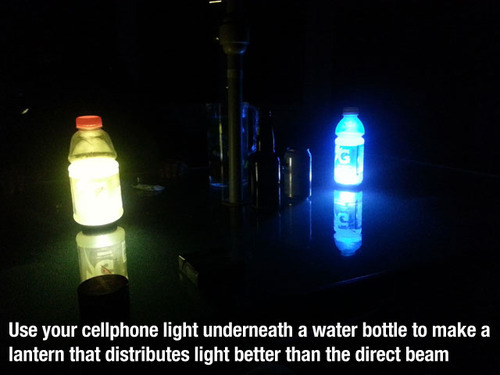

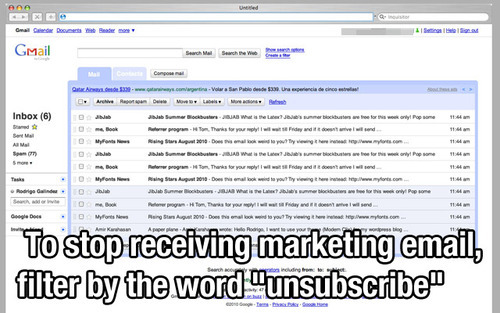
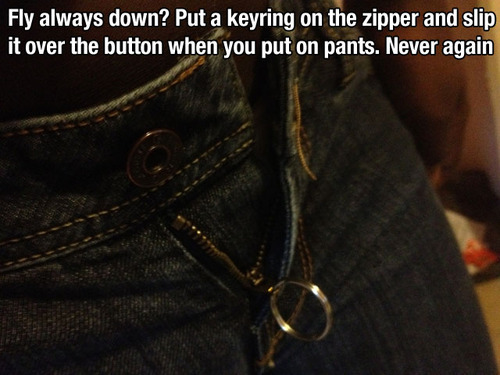





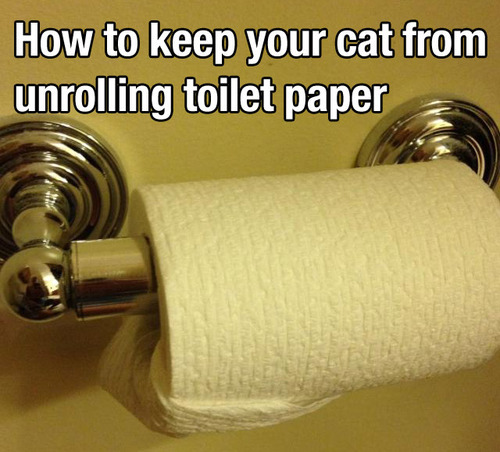


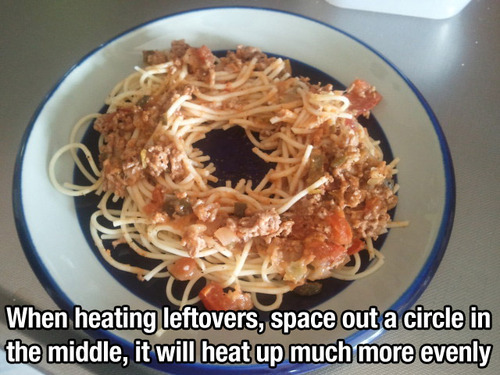



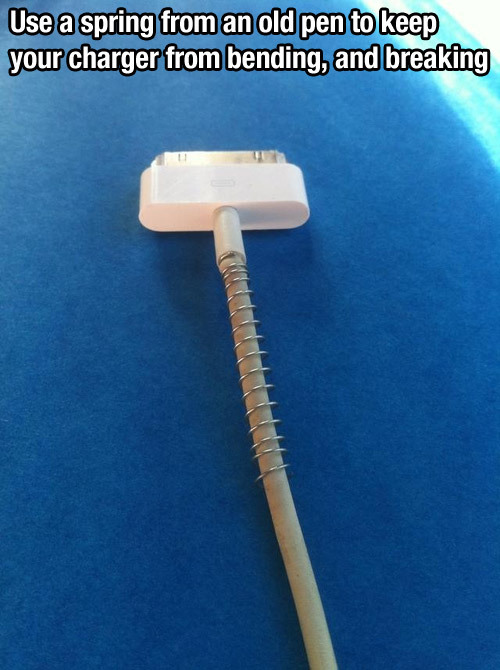

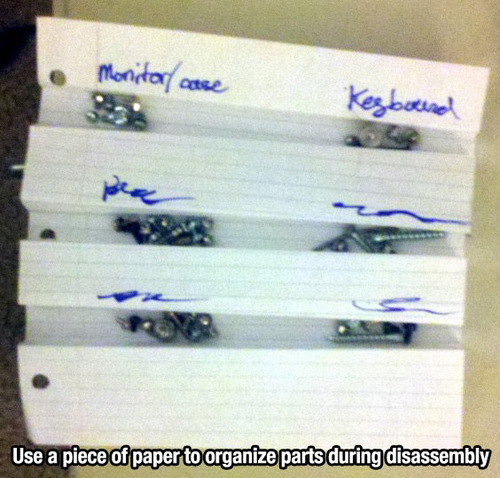
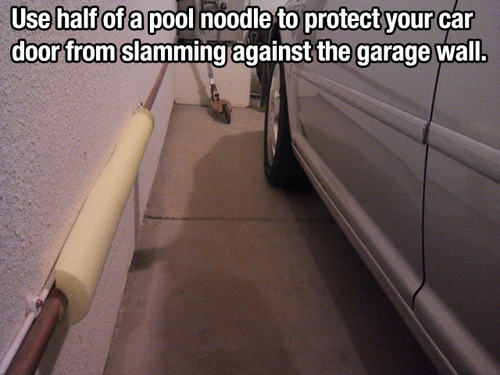


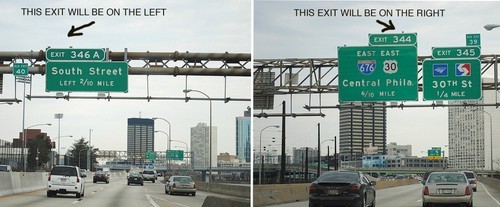

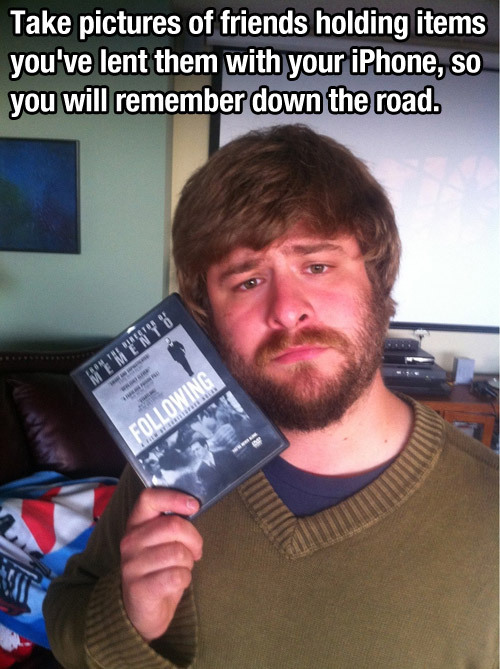


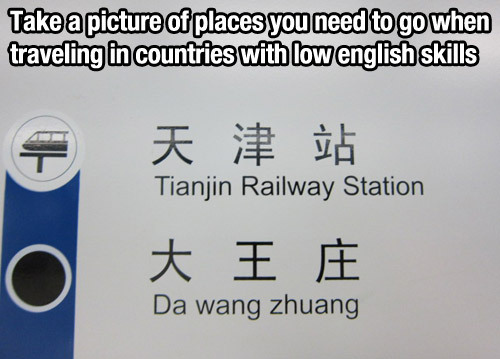
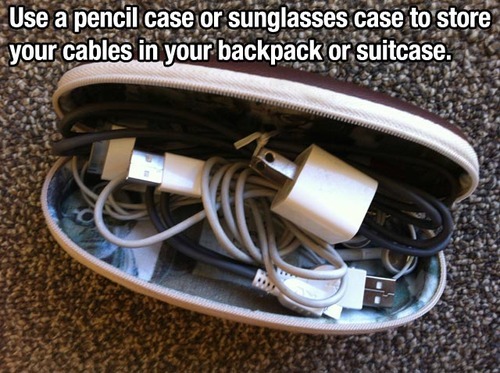
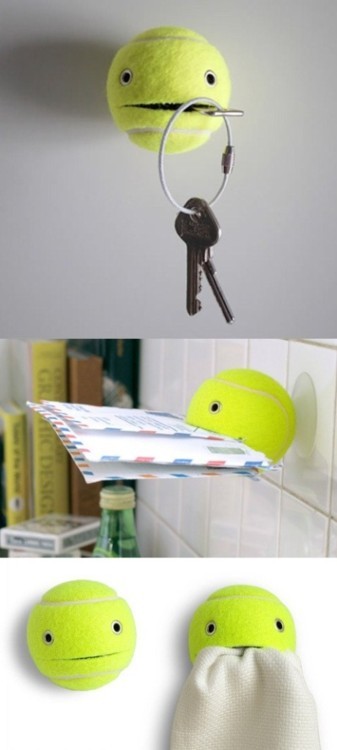


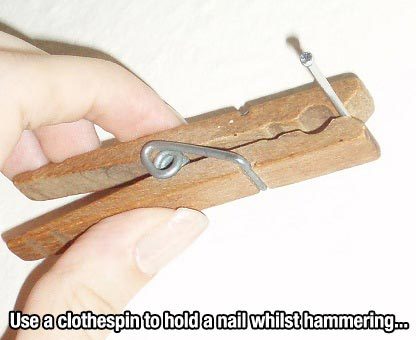
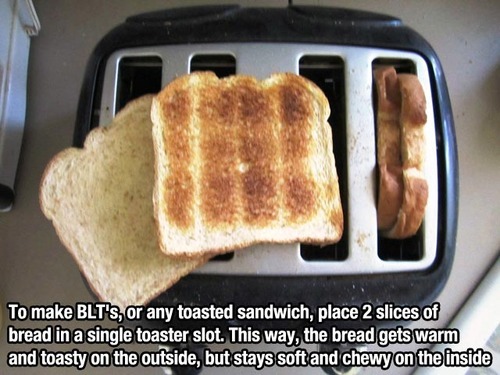


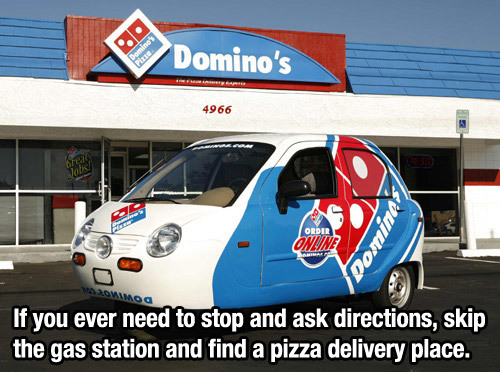
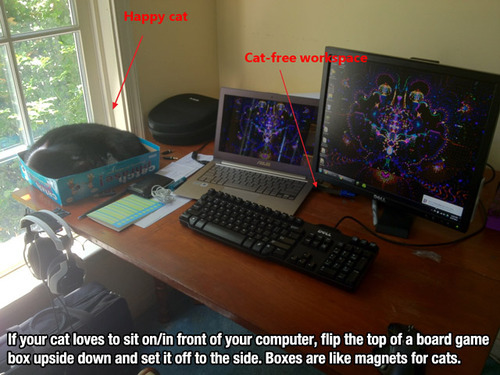
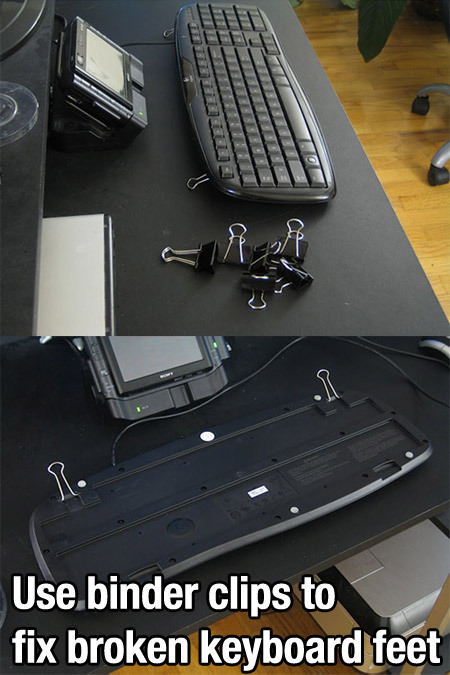




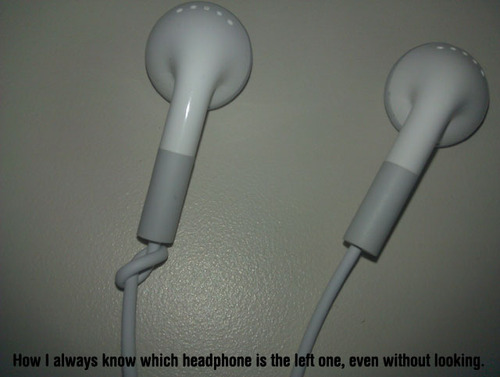




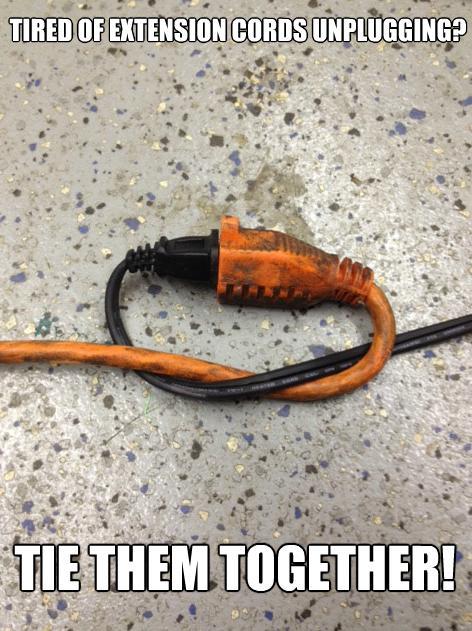
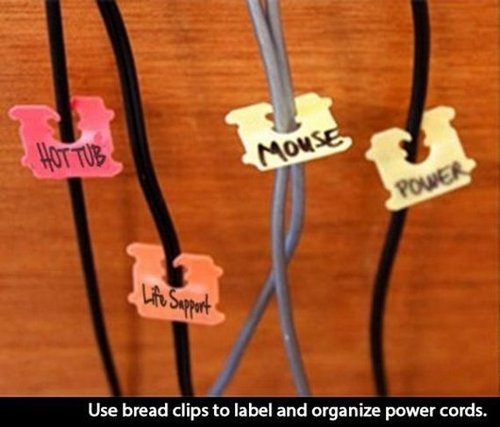

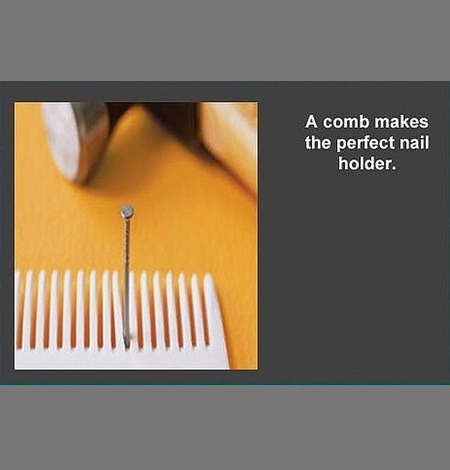
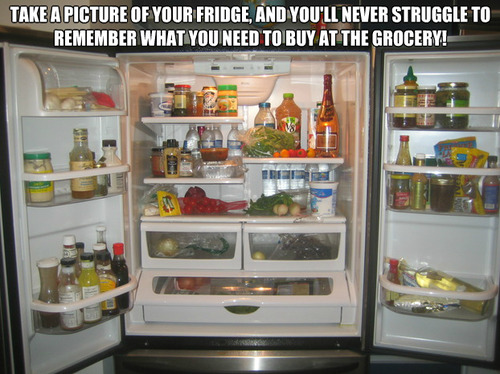


368K notes
·
View notes
Quote
I do not believe that just because you’re opposed to abortion, that that makes you pro-life. In fact, I think in many cases, your morality is deeply lacking if all you want is a child born but not a child fed, not a child educated, not a child housed. And why would I think that you don’t? Because you don’t want any tax money to go there. That’s not pro-life. That’s pro-birth. We need a much broader conversation on what the morality of pro-life is.
Sister Joan Chittister, Catholic Nun (via andyouhavetogivethemhope)
33K notes
·
View notes



